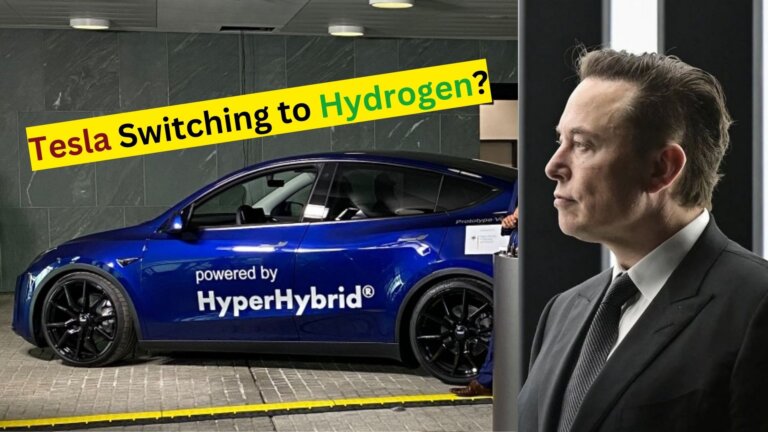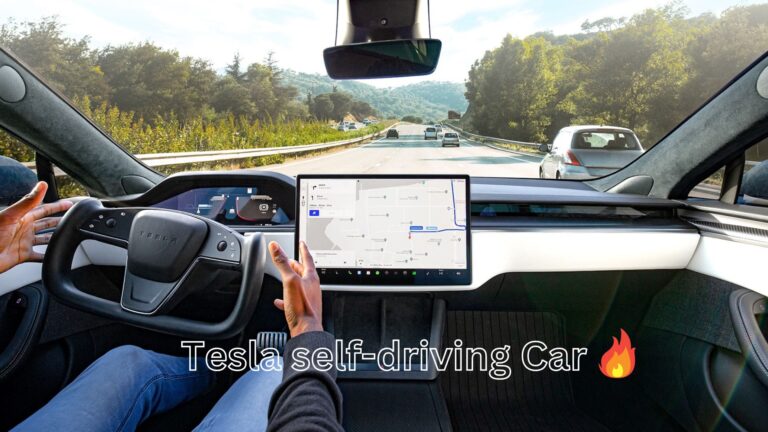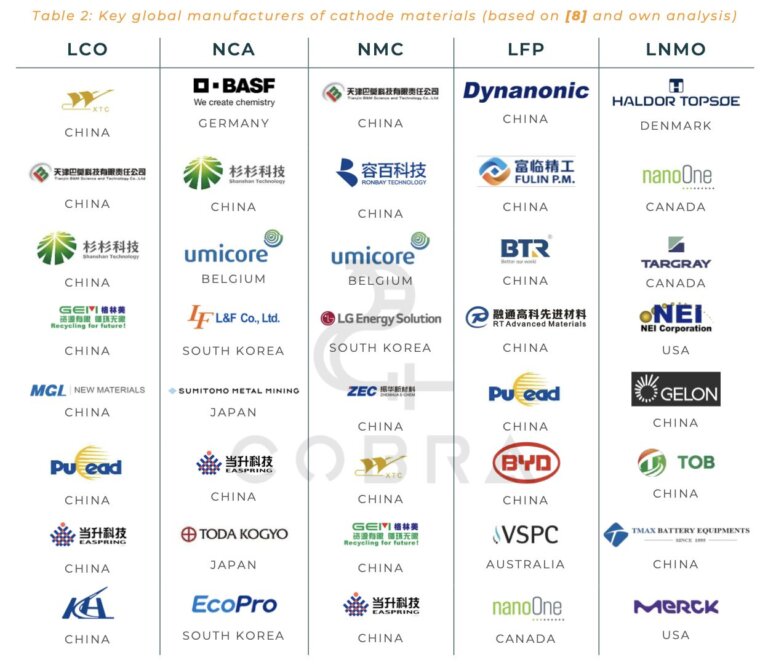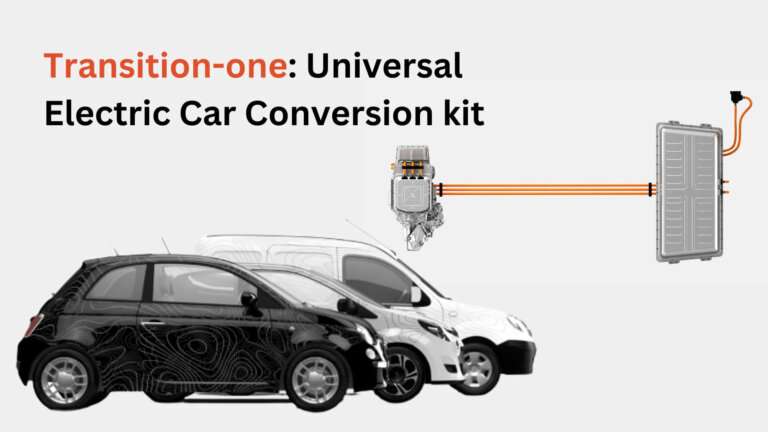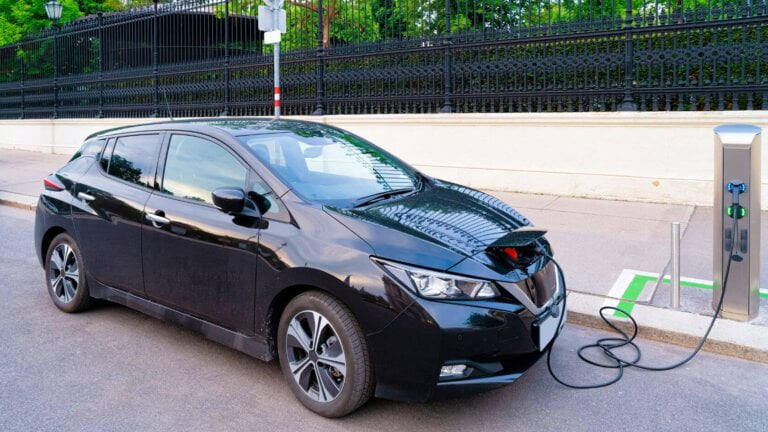How Do I Calculate Motor and Battery needed for Electric Vehicle?
Here in this article, we provide an essential insight into the important considerations for selecting a suitable motor and battery for an Electric Vehicle (EV). It covers aspects such as battery types, voltage, capacity, motor specifications, and their interactions, providing a concise guide for individuals wishing to make informed decisions in the field of electric mobility.
Battery Types and Considerations:
At present, lead-acid batteries are the predominant choice for electric vehicles due to their affordability, while lithium batteries, especially ternary polymer lithium batteries, are also used to a lesser extent.
However, the primary reason for the preference for lead-acid batteries is their cost-effectiveness. Ternary polymer lithium batteries are cheaper but have a relatively short lifespan, often failing within a year. Safety is another concern with these lithium batteries.
Battery Specifications:
Battery specifications are typically categorized by voltage and capacity. The standard voltage options include 24V, 36V, 48V, 60V, and 72V, with increments of 12V. Electric bicycles often use 24V and 36V configurations. However, it’s important to note that chargers that can accommodate voltages above 72V are not common and are generally used by enthusiasts.
| Battery Specifications | |
| Standard Voltage Options (V) | 24V, 36V, 48V, 60V, 72V (in 12V increments) |
| Commonly Used Voltages | 24V, 36V |
| Capacity Options (AH) | 5AH, 10AH, 12AH, 15AH, 20AH, 22AH, 30AH, 40AH |
| Typical Usage of Capacity | Batteries above 40AH are mainly used by tricycles |
Battery capacity options vary widely, including 5AH, 10AH, 12AH, 15AH, 20AH, 22AH, 30AH, and 40AH, among others. Batteries with capacities exceeding 40AH tend to be heavy and are typically only used in tricycles. Generally, a higher voltage and higher capacity yield better performance.
Motor Specifications:
Motors are categorized based on their power output, with options such as 280W, 350W, 500W, 800W, 1000W, 1200W, 1500W, and 2000W. Most users opt for motors with a power rating of up to 800W, while those with power ratings exceeding 1000W are commonly used by enthusiasts.
| Motor Specifications | |
| Motor Power (W) Options | 280W, 350W, 500W, 800W, 1000W, 1200W, 1500W, 2000W |
| The most Commonly Used Motor Power | Up to 800W |
| Usage by Enthusiasts | Motors above 1000W |
| Motor Types | Brushed, Brushless |
| Gear Types | Geared, Gearless |
Higher motor power generally results in greater speed. It’s worth noting that motor power is not directly linked to voltage, but high-power motors are often designed with higher voltage to reduce operating current.
Motors can be classified into two main types: brushed and brushless, and they can have gears or be gearless. There are four possible combinations: brushed with gears, brushless with gears, brushless and gearless, and brushed and gearless. Brushed motors have a simple structure but require brushes to change direction, limiting their lifespan and power output. Brushless motors are currently the mainstream choice due to their long lifespan and high efficiency.
Geared motors offer relatively high torque with low current (thanks to gear shifting), making them energy-efficient during startup and extending battery life. On the other hand, gearless motors draw higher currents, which can impact battery life, and they have reduced climbing ability compared to geared motors.
Relationship Between Motor Power and Voltage:
The relationship between motor power and voltage is influenced by the equation P = U x I, where P represents power, U is voltage, and I is current.
| Relationship Between Motor Power and Voltage | |
| Relationship Formula | P = U x I (Power = Voltage x Current) |
| Higher Voltage Impact | Lower current, longer battery discharge time |
For motors with the same power rating, a higher voltage results in a lower current, which means reduced battery discharge current. This leads to longer battery discharge times. Therefore, two motors with the same power rating will achieve longer operation with a higher voltage (using the same battery).


